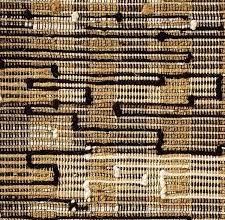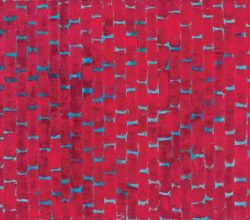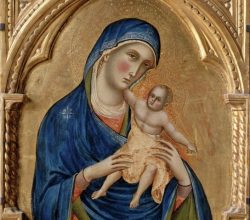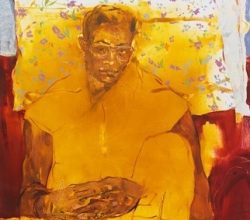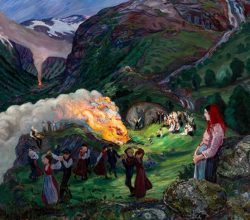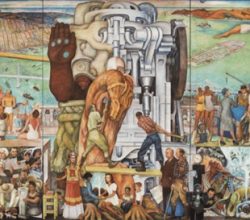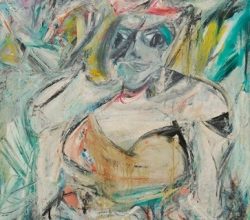
How Soutine Showed de Kooning a Way Out
John Yau | Hyperallergic | 24th July 2021
Big ideas in art can be difficult to navigate. Focus on them too closely and you lose originality; neglect them and your work may seem irrelevant. This dilemma didn’t bother Soutine – his originality was “tornado-like”. Cerebral De Kooning, despite being more reverential about art history, was attracted to Soutine’s embrace of disorder. In their different ways, both wanted to have feelings drive their art: “Neither of them was interested in behaving properly.”

